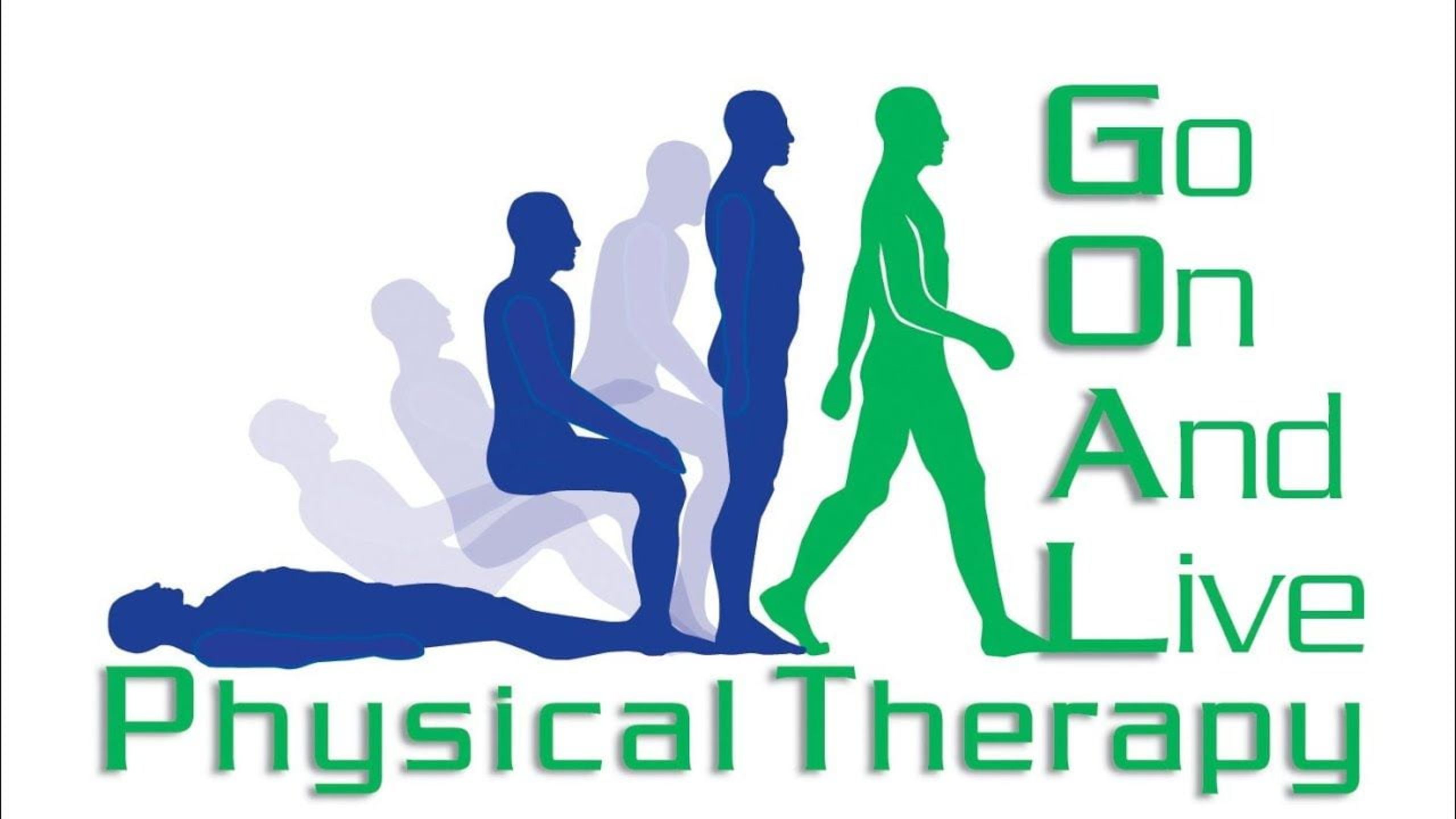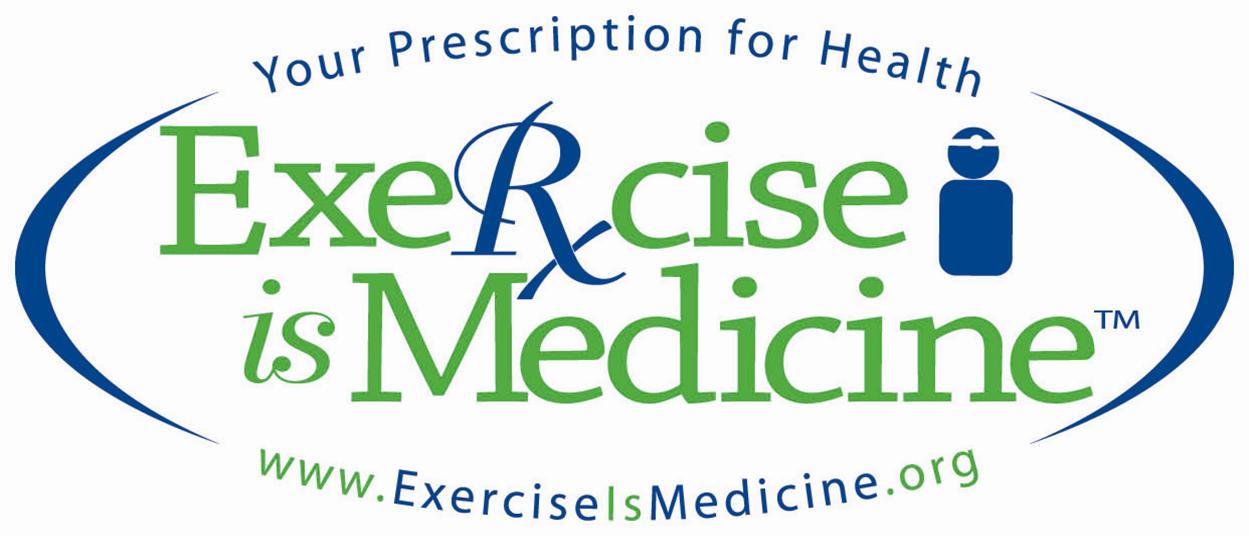Revolutionizing Healthcare: Integrating Exercise/Physical Therapy into Kenyan Hospitals
In the bustling landscape of Kenya’s healthcare system, a silent yet transformative revolution is underway—one that promises to enhance patient care, improve outcomes, and revolutionize the way we approach wellness. At the forefront of this movement stands Martvic Exercise Therapy Center, a beacon of innovation and a champion of holistic healing. But what exactly is exercise therapy, and why is its integration into Kenyan hospitals such a game-changer?

Exercise therapy, simply put, is the use of tailored physical activity programs to treat and prevent a myriad of health conditions. It’s not just about breaking a sweat; it’s about harnessing the power of movement to heal, strengthen, and rejuvenate the body. And while the concept may be relatively new to many Kenyan hospitals and health facilities, its benefits are nothing short of extraordinary.
Imagine a world where patients recovering from surgery are not only prescribed medication but also guided through specialized exercise routines to expedite their recovery. Picture individuals with chronic conditions like diabetes or arthritis finding relief and improved quality of life through targeted exercise programs designed to manage their symptoms. This is the promise of integrating exercise therapy into Kenyan healthcare—a promise that Martvic Exercise Therapy Center is helping to fulfill.

At Martvic, exercise therapy is more than just a service—it’s a philosophy, a way of life. Their team of expert therapists understands that each patient is unique, with their own set of challenges and goals. Through personalized exercise plans, tailored to individual needs and abilities, they empower patients to take control of their health and embark on a journey of transformation.
However, the impact of exercise therapy extends far beyond the walls of the clinic. By embracing this concept, Kenyan hospitals have the opportunity to shift the paradigm of healthcare from reactive to proactive, from treatment-focused to prevention-oriented. They can empower patients to become active participants in their own wellness, equipping them with the tools and knowledge to lead healthier, happier lives.

So, why hasn’t exercise therapy been fully embraced in Kenyan hospitals until now? The answer lies in a combination of factors—limited awareness, resources, and perhaps a reluctance to embrace change. But as Martvic Exercise Therapy Center has shown, the benefits far outweigh the challenges. It’s time for Kenyan hospitals to take note, recognize the potential of exercise therapy to revolutionize healthcare, and join the movement towards a healthier, more vibrant future for all.
In conclusion, the integration of exercise therapy into Kenyan hospitals is not just a possibility—it’s a necessity. It’s a chance to transform lives, empower patients, and redefine what it means to truly care for one another. And with pioneers like Martvic Exercise Therapy Center leading the way, the future of healthcare in Kenya is brighter than ever before.
